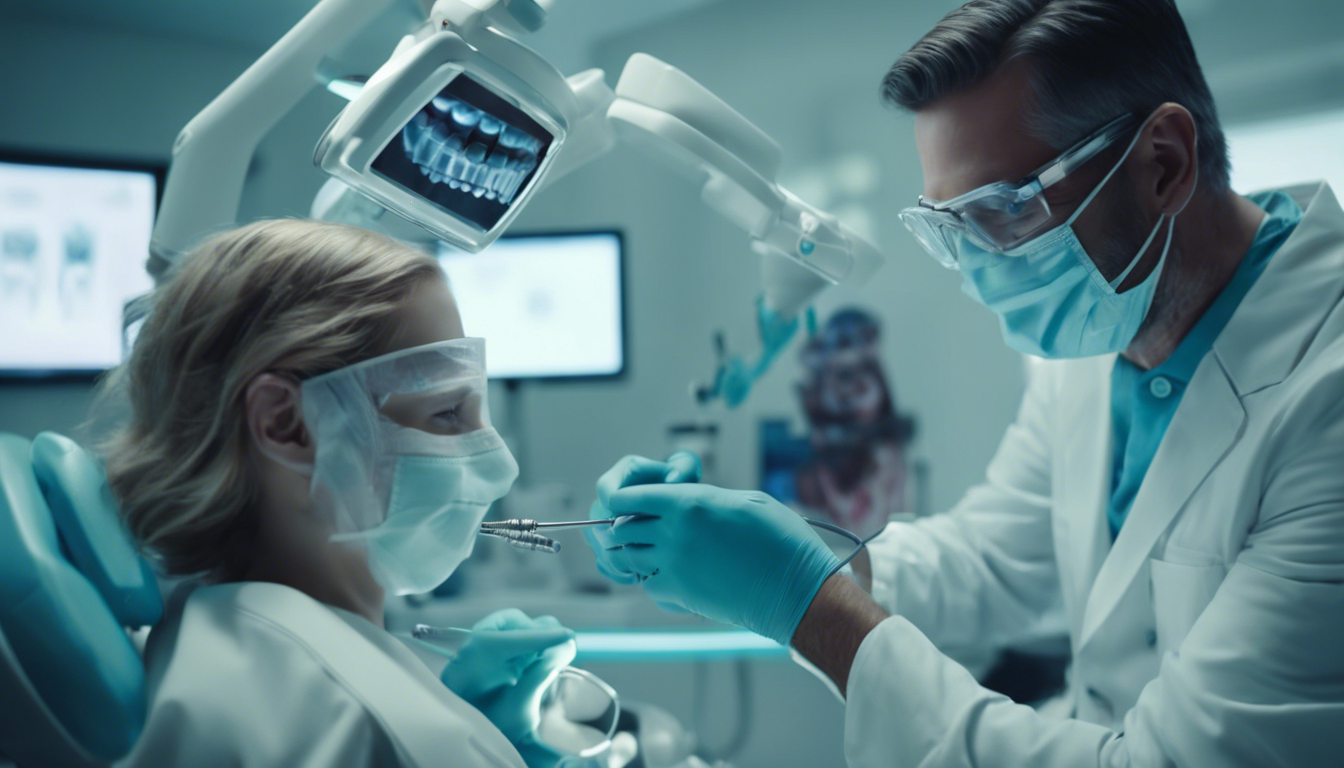Dental implants, considered the gold standard for replacing missing teeth, have undergone significant evolutions since their inception. Initially conceptualized in the 1950s by Swedish orthopedic surgeon Per-Ingvar Brånemark, implants have transitioned from a niche medical solution to a widely accepted dental procedure. Today, these implants come in various forms to match the needs of different patients, ranging from traditional titanium implants to modern ceramic options.
The basic premise of dental implants involves implanting a metal post into the jawbone, which then fuses with the jaw over time, a process known as osseointegration. Once integrated, the post serves as a strong foundation onto which crowns, bridges, or dentures can be attached. This technology not only helps in restoring aesthetics but also in preserving jaw health by preventing bone deterioration that often accompanies tooth loss.
One segment that presents unique challenges in the field of dental implants is individuals under the age of 55. Younger patients often hesitate when it comes to implants considering the longevity and invasiveness of the procedure. Their concerns are mostly about potential future complications and the need for possible replacement if the implant fails after several decades.
These concerns have prompted ongoing research targeted at improving the durability and compatibility of implants. Studies are investigating materials that can integrate faster and more seamlessly with the human bone. Additionally, the application of biotechnology to develop implants coated with substances that promote bone growth and prevent infection is an exciting frontier in dental implant science.
Interest in the geographic distribution and acceptance of dental implants reveals significant disparities. For instance, developed nations like the United States and countries in Western Europe have higher rates of implant surgeries due to better access to dental care and greater awareness among the population. In contrast, lower implant rates in developing countries can be attributed to limited access to specialized dental care and higher costs associated with the surgery.
European researchers have recently published findings from a study examining a new type of bioactive implant that releases small amounts of a bone growth-stimulating drug to expedite osseointegration. This breakthrough could be particularly beneficial for younger patients, potentially reducing the healing time and enhancing the long-term success of implants.
Experts also emphasize the transformative potential of digital dentistry in implantology. Techniques such as 3D printing and computer-assisted design/manufacturing (CAD/CAM) not only allow for precise implant placement but also reduce surgery times and recovery periods. This integration of technology is proving to be a boon for both dentists and patients, streamlining processes, and improving outcomes.
Despite the advancements, the cost of dental implants remains a barrier. It’s widely noted within the dental community that many young adults prioritize other financial commitments over dental health, sometimes opting for short-term fixes over long-term solutions like implants. Addressing these financial challenges is crucial for making implants a feasible option for a broader demographic.
Historically, dental implants have not only restored function and aesthetics but also provided psychological and social benefits. Individuals with a full set of teeth tend to exhibit more confidence and report better overall health. As trends in dental implants advance, the emphasis remains on making these benefits accessible to more people around the world.
Looking to the future, the continued evolution of dental implant technology promises even lower rates of failure, reduced recovery times, and ultimately, broader accessibility. As researchers tackle these challenges and innovate, the hope is that dental implants will become an even more integral part of dental and general health across all ages and regions.
You may also like
Exploring the Advances and Challenges of Dental Implants for Individuals Over 55
This article delves into the world of dental implants, emphasizing the available treatments and methodologies, particularly focusing on individuals aged 55 and older. It also highlights experimental studies in dental implant technologies and discusses geographical disparities in procedural rates.
Hair Loss Treatments and Skin Diseases
Hair loss is a global issue affecting millions of men and women worldwide, with distinct patterns and causes between genders. This article delves into current treatments and explores emerging technologies and research in combating hair loss. Additionally, it examines associated skin conditions, including acne, atopic dermatitis, psoriasis, and dental care, outlining the latest in treatment advancements.
Acne: Symptoms, Treatments and Advances in Research
Acne is a common skin condition that affects teenagers and adults worldwide, presenting unique challenges for each group. This article delves into the symptoms and available treatments for acne, alongside exploring emerging studies and innovative approaches in combating this condition. Additionally, it provides insight into related dermatological issues such as hair loss, atopic dermatitis, psoriasis, and advancements in dental care.
Atopic Dermatitis: Symptoms, Treatments and Promising New Research
Atopic dermatitis is a chronic skin condition characterized by inflammation and itchiness. This article explores the symptoms and treatments for atopic dermatitis and psoriasis, offering insights into innovative treatments and ongoing research for these skin conditions.
Dental Implants and Oral Hygiene: Revolutionary Treatments
This comprehensive article delves into the domain of dental implants and oral hygiene, providing insights into various treatment methods, geographical incidence, and groundbreaking studies on the horizon. Additionally, it explores related health issues such as hair loss, atopic dermatitis, psoriasis, and acne, offering a glimpse into innovative treatments that promise to transform care standards.
